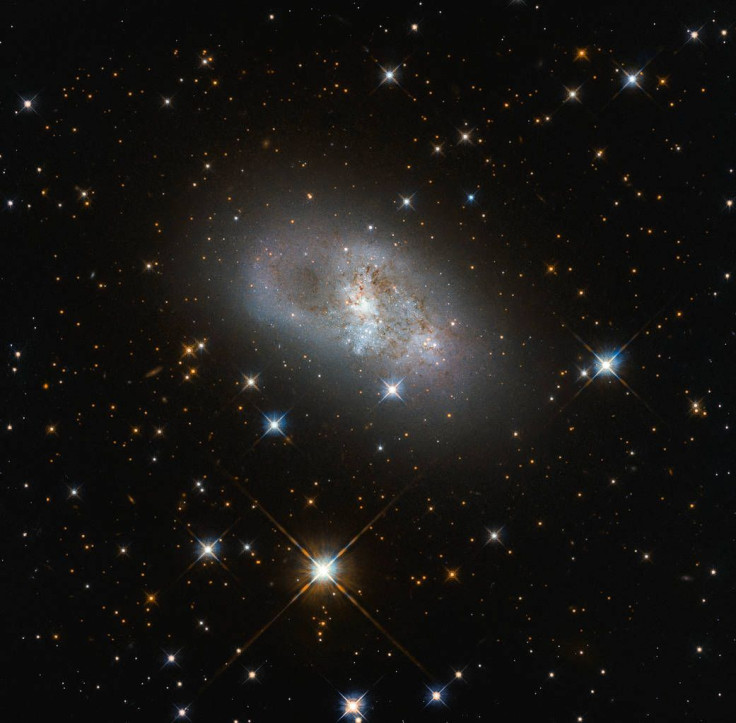NASA Hubble Snaps Photo Of Galaxy Similar To Milky Way

The Hubble Space Telescope operated by NASA and the European Space Agency (ESA) shared its latest photo of a distant galaxy. According to the agencies, studying the galaxy can provide valuable information regarding Milky Way due to their similarities.
The galaxy recently photographed by Hubble is known as IC 4653. It is located in the Ara constellation and was first discovered in 1901 by an American astronomer named DeLisle Stewart, Sci-News reported.
According to the ESA, the IC 4653 galaxy is situated about 80 million light-years from Earth. Although this distance seems very far, the agency noted that it’s actually quite close in terms of cosmic scales.
Due to its close proximity to Earth’s neighborhood, the ESA said that the contents of IC 4653 are very similar to those of Milky Way.
“This image from the NASA/ESA Hubble Space Telescope shows IC 4653, a galaxy just over 80 million light-years from Earth,” The ESA said in a statement. “That may sound like quite a distance, but it’s not that far on a cosmic scale. At these kinds of distances, the types and structures of the objects we see are similar to those in our local area.”
According to the ESA, IC 4653 is a dwarf spiral galaxy. This means that like Milky Way, the galaxy has a very distinct shape that’s characterized by its swirling arms. The agency explained that inside these arms are vast regions filled with active star formations.
Since space agencies aren’t capable yet of leaving Milky Way to view the galaxy from afar, the ESA noted that observing and studying other similar galaxies can provide valuable information regarding Earth’s neighborhood. Doing so enables agencies to gain a better understanding of the overall structure of Milky Way.
“The galaxy's whirling arms tell us a story about what’s happening inside this galaxy. Bright blue patches mark sites of active star formation,” the ESA stated. “Studying the structures of other galaxies is a key way to learn about the structure of our own, given that humans can’t leave the Milky Way to look back and see what it looks like from the outside.”
“It helps to compare our observations of our home galaxy with those of nearby galaxies we can see in their entirety,” the agency added.
© Copyright IBTimes 2024. All rights reserved.





















